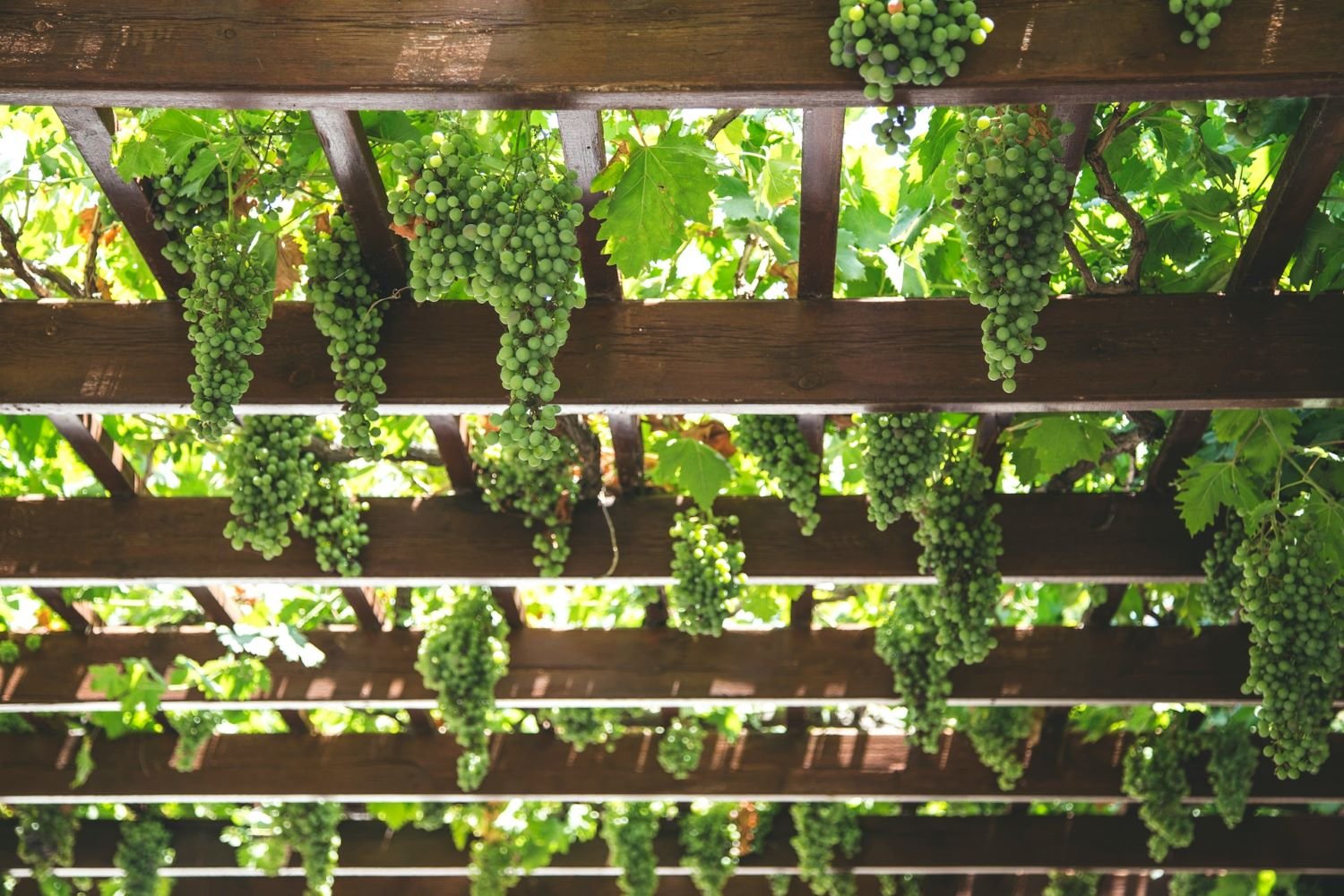Top 5 Web Design Trends for the Wine Industry in 2025
As we step into 2025, the intersection of technology and the wine industry continues to evolve, shaping how vineyards and wineries connect with their audiences.
A well-designed website is more than just a digital presence; it's an essential tool for engaging customers and enhancing brand identity.
Below, we explore the top five web design trends that are particularly relevant to the wine industry this year.
1. Immersive Storytelling Through Visuals
Visual storytelling has become a crucial aspect of web design, especially in industries like wine where the heritage, process, and passion behind the product are vital. Wineries and vineyards can use stunning imagery and videos to craft compelling narratives about their origins, grape varieties, and winemaking processes.
High-Quality Imagery: Websites should feature high-resolution images of vineyards, the winemaking process, and, of course, the final products. Using large background images or hero sections can create an immediate impact.
Video Content: Short videos that show the vineyard throughout the seasons or provide a behind-the-scenes look at the winemaking process can captivate visitors and encourage them to explore more.
By integrating these elements, wineries can create an engaging user experience that draws visitors into their story, making them more likely to purchase or visit.
2. Mobile-First Design
Withmobile traffic continuing to rise, adopting a mobile-first design approach is essential for wineries looking to reach a broader audience. A significant percentage of consumers browse and shop on their mobile devices, and having a responsive design ensures that your website functions seamlessly across all devices.
Responsive Layouts: Ensure that images, text, and navigation adapt smoothly on smaller screens. Key information should be easily accessible without excessive scrolling or zooming.
Touch-Friendly Elements: Buttons and links should be easily tappable, and forms should be simplified for mobile users, allowing them to quickly book tastings or purchase wine.
By prioritizing mobile design, wineries can enhance user experience and accessibility, leading to higher engagement and conversion rates.
3. Sustainable and Eco-Friendly Design
As the wine industry becomes increasingly aware of its environmental impact, sustainability is a hot topic. Web design can reflect a winery’s commitment to eco-friendliness through both aesthetic choices and functional elements.
Natural Color Palettes: Use earthy tones and organic textures that resonate with the idea of sustainability. Greens, browns, and muted colors can create a warm and inviting feel.
Eco-Friendly Messaging: Incorporate sections that highlight sustainable practices, organic certifications, or eco-friendly packaging. This transparency builds trust and helps consumers make informed choices.
Furthermore, employing energy-efficient hosting solutions and optimizing the website for speed can reduce carbon footprints, aligning digital presence with sustainable practices.
4. Interactive Elements and User Engagement
Engagement is key in the wine industry, where building relationships with customers can lead to loyalty and repeat purchases. Interactive web design elements can create a more engaging user experience.
Virtual Tours: Incorporating 360-degree virtual tours of vineyards and wineries allows users to explore the space without physically visiting. This can be particularly appealing to potential tourists or local customers.
Wine Pairing Tools: Interactive guides that suggest food pairings based on the wine selection can enhance the user experience and encourage additional purchases.
By integrating interactive elements, wineries can foster a sense of community and enhance customer experiences, making their websites more than just a point of sale.
5. Personalization and AI Integration
As technology advances, personalization has become a vital trend in web design. Utilizing AI and data analytics, wineries can create a tailored experience for their visitors.
Personalized Content: By analyzing user behavior, websites can offer personalized recommendations for wines or events based on past purchases or browsing history.
Chatbots for Customer Service: Implementing AI-driven chatbots can provide immediate assistance, answering questions about wines, shipping, or tasting experiences at any time.
This level of personalization not only improves user satisfaction but also drives sales by making relevant suggestions and providing instant support.
The wine industry stands at the cusp of a digital transformation, and embracing these web design trends in 2025 will be essential for vineyards and wineries looking to thrive in a competitive marketplace.
By focusing on immersive storytelling, mobile-first design, sustainable practices, interactive elements, and personalization, businesses can create a website that not only attracts visitors but also converts them into loyal customers.
Investing in a modern, user-friendly website that reflects these trends will not only enhance the customer experience but also strengthen a winery's brand identity in an ever-evolving digital landscape.
Call to Action
As a web designer for the wine industry, I encourage wine business owners to consider how these trends could be implemented in their projects. Whether they’re refreshing an existing site or launching a new one, aligning with these trends can set them clients apart.
If you’d like to discuss how to incorporate these trends into your web design strategy or need assistance with your site, feel free to reach out!
Cheers to success online!
Maike
The Golden Square Design Studio
Where Vision Meets Innovation
Creating Stunning & Strategic Websites for Online Success



